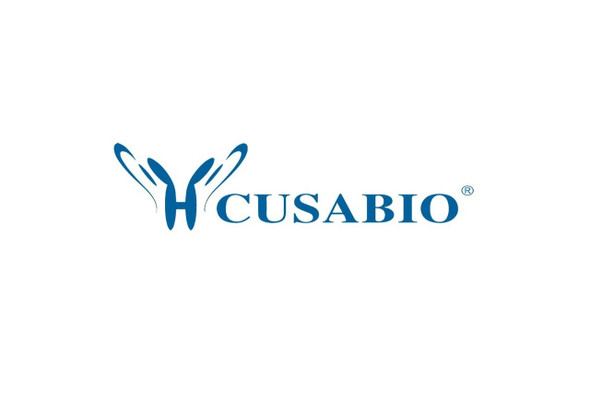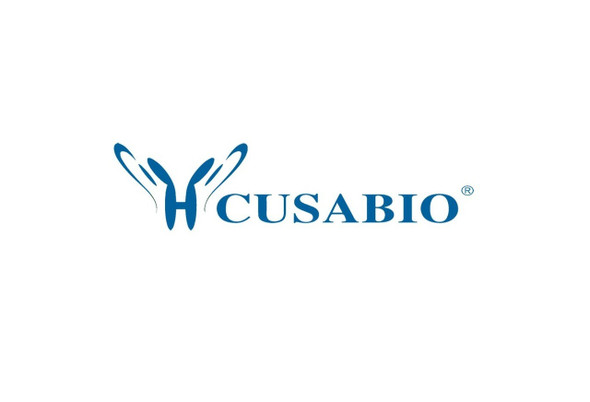Cusabio Human Recombinants
Recombinant Human Uncharacterized protein C1orf106 (C1orf106) | CSB-YP662049HU
- SKU:
- CSB-YP662049HU
- Availability:
- 25 - 35 Working Days
Description
Recombinant Human Uncharacterized protein C1orf106 (C1orf106) | CSB-YP662049HU | Cusabio
Alternative Name(s): C1orf106; CA106_HUMAN; Chromosome 1 open reading frame 106 ; FLJ10901; Uncharacterized protein C1orf106
Gene Names: C1orf106
Research Areas: Cell Biology
Organism: Homo sapiens (Human)
AA Sequence: MLQMPKLNEIPPGRAGRREARGEGRWPGQTGPEAARLEWRAQGQAGGARAPWDSWGSSRLPTQPGPGWSRCPPSLLCALSFQKSTMESKDEVSDTDSGIILQSGPDSPVSPMKELTHAVHKQQRALEARLEACLEELRRLCLREAELTGTLPAEYPLKPGEKAPKVRRRIGAAYKLDDWALHREDPLSSLERQLALQLQITEAARRLCLEENLSRQARRQRKHSMLQEEKKLQELQRCLVERRRNSEPPPAAALPLGRELSASDDSSLSDGLLLEEEESQVPKPPPESPAPPSRPLPPQTLEGLQPTGPEAGSPERAPVQNSPWKETSLDHPYEKPRKSSEPWSESSSPATTPQDGPSASSLWLLEPASYHVVPIRGVPGQWQGRTSAPATPEIQGRRGQSQSLRVDSFRAGPEGRGRSAFPRRRPTHYTVTVPDSCFPATKPPLPHAACHSCSEDSGSDVSSISHPTSPGSSSPDISFLQPLSPPKTHRHRGAWVPAGSRELVAHHPKLLLPPGYFPAGRYVVVAESPLPPGEWELRRAAPGPAYEEEGTPLRYQRLVPSRSRIVRTPSLKDSPAGR
Source: Yeast
Tag Info: N-terminal 6xHis-tagged
Expression Region: 1-578aa
Sequence Info: Full Length
MW: 65.5 kDa
Purity: Greater than 90% as determined by SDS-PAGE.
Relevance:
Reference: Complete sequencing and characterization of 21,243 full-length human cDNAs.Ota T., Suzuki Y., Nishikawa T., Otsuki T., Sugiyama T., Irie R., Wakamatsu A., Hayashi K., Sato H., Nagai K., Kimura K., Makita H., Sekine M., Obayashi M., Nishi T., Shibahara T., Tanaka T., Ishii S. , Yamamoto J., Saito K., Kawai Y., Isono Y., Nakamura Y., Nagahari K., Murakami K., Yasuda T., Iwayanagi T., Wagatsuma M., Shiratori A., Sudo H., Hosoiri T., Kaku Y., Kodaira H., Kondo H., Sugawara M., Takahashi M., Kanda K., Yokoi T., Furuya T., Kikkawa E., Omura Y., Abe K., Kamihara K., Katsuta N., Sato K., Tanikawa M., Yamazaki M., Ninomiya K., Ishibashi T., Yamashita H., Murakawa K., Fujimori K., Tanai H., Kimata M., Watanabe M., Hiraoka S., Chiba Y., Ishida S., Ono Y., Takiguchi S., Watanabe S., Yosida M., Hotuta T., Kusano J., Kanehori K., Takahashi-Fujii A., Hara H., Tanase T.-O., Nomura Y., Togiya S., Komai F., Hara R., Takeuchi K., Arita M., Imose N., Musashino K., Yuuki H., Oshima A., Sasaki N., Aotsuka S., Yoshikawa Y., Matsunawa H., Ichihara T., Shiohata N., Sano S., Moriya S., Momiyama H., Satoh N., Takami S., Terashima Y., Suzuki O., Nakagawa S., Senoh A., Mizoguchi H., Goto Y., Shimizu F., Wakebe H., Hishigaki H., Watanabe T., Sugiyama A., Takemoto M., Kawakami B., Yamazaki M., Watanabe K., Kumagai A., Itakura S., Fukuzumi Y., Fujimori Y., Komiyama M., Tashiro H., Tanigami A., Fujiwara T., Ono T., Yamada K., Fujii Y., Ozaki K., Hirao M., Ohmori Y., Kawabata A., Hikiji T., Kobatake N., Inagaki H., Ikema Y., Okamoto S., Okitani R., Kawakami T., Noguchi S., Itoh T., Shigeta K., Senba T., Matsumura K., Nakajima Y., Mizuno T., Morinaga M., Sasaki M., Togashi T., Oyama M., Hata H., Watanabe M., Komatsu T., Mizushima-Sugano J., Satoh T., Shirai Y., Takahashi Y., Nakagawa K., Okumura K., Nagase T., Nomura N., Kikuchi H., Masuho Y., Yamashita R., Nakai K., Yada T., Nakamura Y., Ohara O., Isogai T., Sugano S.Nat. Genet. 36:40-45(2004)
Storage: The shelf life is related to many factors, storage state, buffer ingredients, storage temperature and the stability of the protein itself. Generally, the shelf life of liquid form is 6 months at -20?/-80?. The shelf life of lyophilized form is 12 months at -20?/-80?.
Notes: Repeated freezing and thawing is not recommended. Store working aliquots at 4? for up to one week.
Function: Expressed in peripheral macrophages and intestinal myeloid-derived cells, is required for optimal PRR (pattern recognition receptor)-induced signaling, cytokine secretion, and bacterial clearance. Upon stimulation of a broad range of PRRs (pattern recognition receptor) such as NOD2 or TLR2, TLR3, TLR4, TLR5, TLR7 and TLR9, associates with YWHAQ/14-3-3T, which in turn leads to the recruitment and activation of MAP kinases and NF-kappa-B signaling complexes that amplifies PRR-induced downstream signals and cytokine secretion.
Involvement in disease: Genetic variations in INAVA are associated with an increased risk of inflammatory bowel disease. A chronic, relapsing inflammation of the gastrointestinal tract with a complex etiology which is subdivided into Crohn disease and ulcerative colitis phenotypes.
Subcellular Location: Nucleus, Cytoplasm
Protein Families:
Tissue Specificity: Highly expressed in intestinal myeloid-derived cells and expressed in monocyte-derived macrophages upon induction by PRR activation.
Paythway:
Form: Liquid or Lyophilized powder
Buffer: If the delivery form is liquid, the default storage buffer is Tris/PBS-based buffer, 5%-50% glycerol. If the delivery form is lyophilized powder, the buffer before lyophilization is Tris/PBS-based buffer, 6% Trehalose, pH 8.0.
Reconstitution: We recommend that this vial be briefly centrifuged prior to opening to bring the contents to the bottom. Please reconstitute protein in deionized sterile water to a concentration of 0.1-1.0 mg/mL.We recommend to add 5-50% of glycerol (final concentration) and aliquot for long-term storage at -20?/-80?. Our default final concentration of glycerol is 50%. Customers could use it as reference.
Uniprot ID: Q3KP66
HGNC Database Link: HGNC
UniGene Database Link: UniGene
KEGG Database Link: KEGG
STRING Database Link: STRING
OMIM Database Link: N/A










